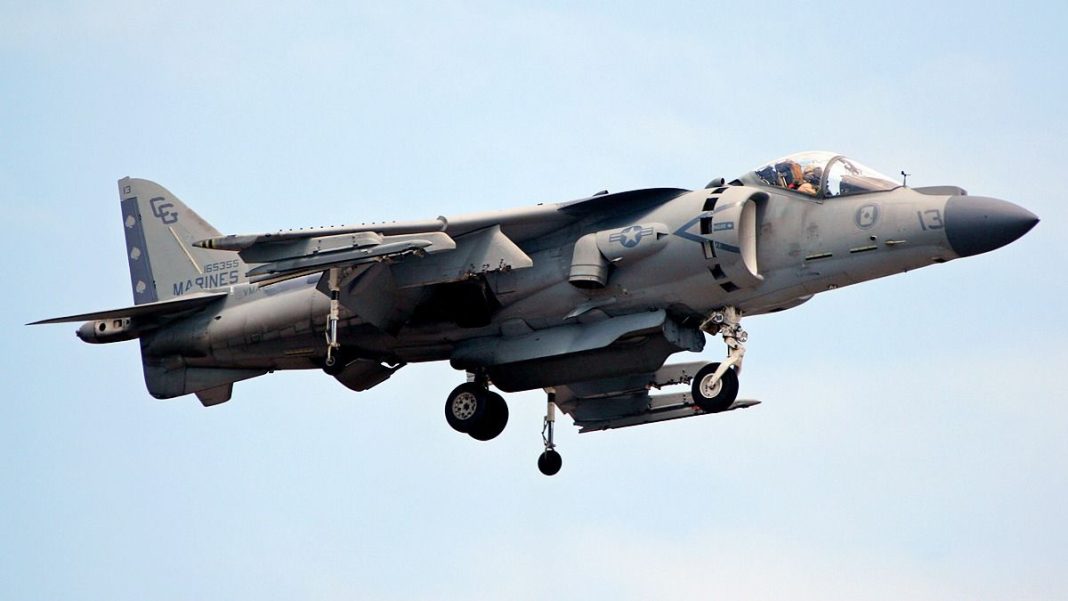Summary
- Pepsi advertised a points-for-prizes scheme in a commercial, jokingly offering a military jet as a prize for 7 million Pepsi points.
- A 23-year-old student saw an opportunity and raised $700,000 from investors to buy the points, expecting to receive the jet.
- Pepsi refused to deliver the jet, claiming it was meant as a joke, leading to a lawsuit that was ultimately ruled in favor of Pepsi.
This is the story of how a 23-year-old sued Pepsi for not awarding him with the military fighter jet they offered as a prize in their commercial. In the mid-1990s, fizzy drink maker Pepsi was marketing its cola drink to a younger audience. The Purchase, a New York-headquartered company, decided to offer a points-for-prizes scheme where loyal customers could trade points for Pepsi merchandise.
Essentially, the more Pepsi the people bought, the more points they would have to buy Pepsi-branded clothing. A Pepsi hat was 60 Pepsi points, a T-shirt was available for 75 Pepsi points, and a leather jacket for 1,450. At the time, the world was at the height of the cola wars, with Pepsi trying to get Coca-Cola lovers to switch drinks.
Pepsi aired a commercial aimed at teenagers
In a television commercial, Pepsi advertised the scheme by saying: “Now, the more Pepsi you drink, the more great stuff you’re going to get.”
Where they made a mistake was towards the end of the commercial, they showed a young man wearing a Pepsi T-shirt while drinking a can of Pepsi. Suddenly, a Harrier Jump Jet flies down and lands, and the young man, now sitting in the jet, says: “Sure beats the bus!” Simultaneously, the wording on the screen says: “Harrier fighter jet 7,000,000 Pepsi points.”
At the time of the commercial, 20-year-old Seattle student John Leonard saw the commercial as an opportunity and not the joke Pepsi had intended it to be.
You could also buy Pepsi points
To get Pepsi points, you needed to buy the product, but you could also purchase them for ten cents each. Leonard calculated that it would cost $700,000 for seven million points, a bargain when considering a new AV-8 Harrier II jet cost around $32 million. Of course, Leonard did not have $700,000 lying around, but as a business student, he knew of ways to raise funds.
Leonard told five investors, including automobile dealership owner Todd Hoffman, of his scheme, and they gave him the money. When Leonard sent Pepsi the required 15 Pepsi tags and the rest of the points in cash, Pepsi refused to deliver the promised jet, saying that the whole jet thing at the end was meant as a joke.
Leonard and Pepsi went to court
Not happy about Pepsi not delivering the promised Harrier, Leonard and his investors filed a lawsuit against Pepsi in Miami accusing them of a breach of contract and fraud. Pepsi claimed that Leonard’s case was frivolous, yet it was taken seriously enough to be transferred to a federal court in Manhattan.
In the late summer of 1999, senior United States district judge Kimba Wood ruled in favor of Pepsi, saying:
“No objective person could reasonably have concluded that the commercial actually offered consumers a Harrier jet.”
Inspired by the comedy film Dude, Where’s My Car? Netflix made a four-part series about Leonard vs Pepsi called “Pepsi, Where’s My Jet?” In the beginning, the series director, Andrew Renzi, wanted to make the series a work of fiction, but after tracking down Leonard, he decided to make it a documentary.
[ad_2]
Source link



